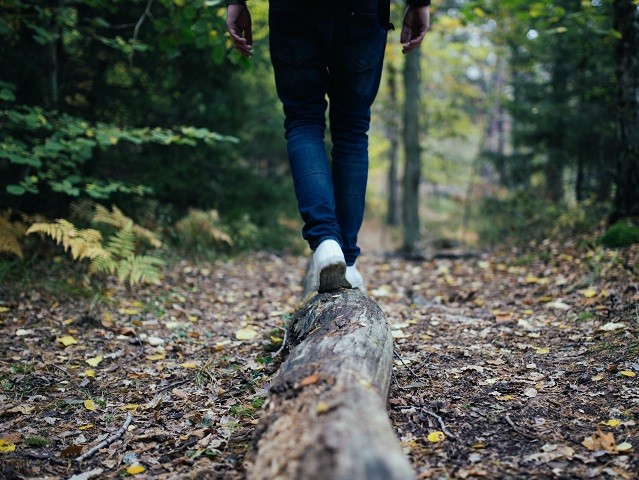Finding the Right Balance within the Bioeconomy
In Europe, decision makers worked on building an economic recovery plan, and proceeded with their ambition to address climate change and to preserve the planet. It started with the Green Deal which was announced last year. A series of other policies have been launched in the process. To name a few are the Circular Economy Action Plan, the Farm to Fork Strategy, and the EU Biodiversity Strategy for 2030. These are supposed to be in sync with the Global Agenda 2030 and the SDGs. While the bioeconomy’s stake in Europe became more important than ever, it must however find its “balance” to meet all the challenges and not leave anyone or anything behind. As experts recognise the importance of the bioeconomy in addressing environmental, societal and economic challenges, the development of a clearer strategy is partly impeded by a paucity of comprehensive data for monitoring and the availability of tailor-made simulation modelling tools to give us a glimpse of the possible futures. The BioMonitor project has published a series of scientific papers that analyses Europe’s bioeconomy strategy in the context of the Sustainable Development Goals (SDGs), and provide different policy scenarios in 30 years’ time. Some of the main activities within the BioMonitor project are to identify the data gaps and indicators when monitoring the bioeconomy, and to build policy scenarios and analysis using its data platform and modelling toolbox. This year its partners have published the following papers which evaluates our current stance with the bioeconomy in relation to the SDGs: • Living at the Water’s Edge: A World-Wide Econometric Panel Estimation of Arable Water Footprint Drivers • Snakes and ladders: World development pathways’ synergies and trade-offs through the lens of the Sustainable Development Goals • Friends or foes? A compatibility assessment of bioeconomy-related Sustainable Development Goals for European policy coherence George Philippidis from the Aragonese Foundation for Research & Development (ARAID) focusses on developing better models to examine diverging future pathways of bioeconomy development, while Tévécia Ronzon from the EU Joint Research Centre (EU-JRC) is involved in defining the scope of the bioeconomy, and the short-term methodologies for data collection and indicator reporting. We’ve asked several questions from our partners about their work and the outcome of their research with regard to the SDGs. What is the role of modelling in the project? GP: Simulation modelling provides a method for looking at how changes in market conditions that deviate from what we currently expect about the future development of our society, can impact not only on consumers and producers, but also on social (e.g. employment) and environmental indicators (GHG emissions, biomass usage, water and land usage). Can you tell us briefly, what the MAGNET model is about (as mentioned in the paper on Snakes and Ladders) and why it is one of the models used in the BioMonitor project? GP: MAGNET is a model of the entire global economy which captures the interactions between markets, households, governments and investors. It offers unique insights into the development of the bioeconomy because it explicitly recognises that our planet faces finite resource constraints (i.e. land, capital, natural resources including biomass). This means that whilst a policy change may achieve its stated goal, it can also result in trade-offs elsewhere within the system. Models like MAGNET help us to identify these pressure points. Within the BioMonitor project, this “big picture” economy-wide model complements the more sector specific models within the BioMonitor modelling platform. Read the full article on: http://biomonitor.eu/news/finding-the-right-balance-within-the-bioeconomy/(opens in new window)



